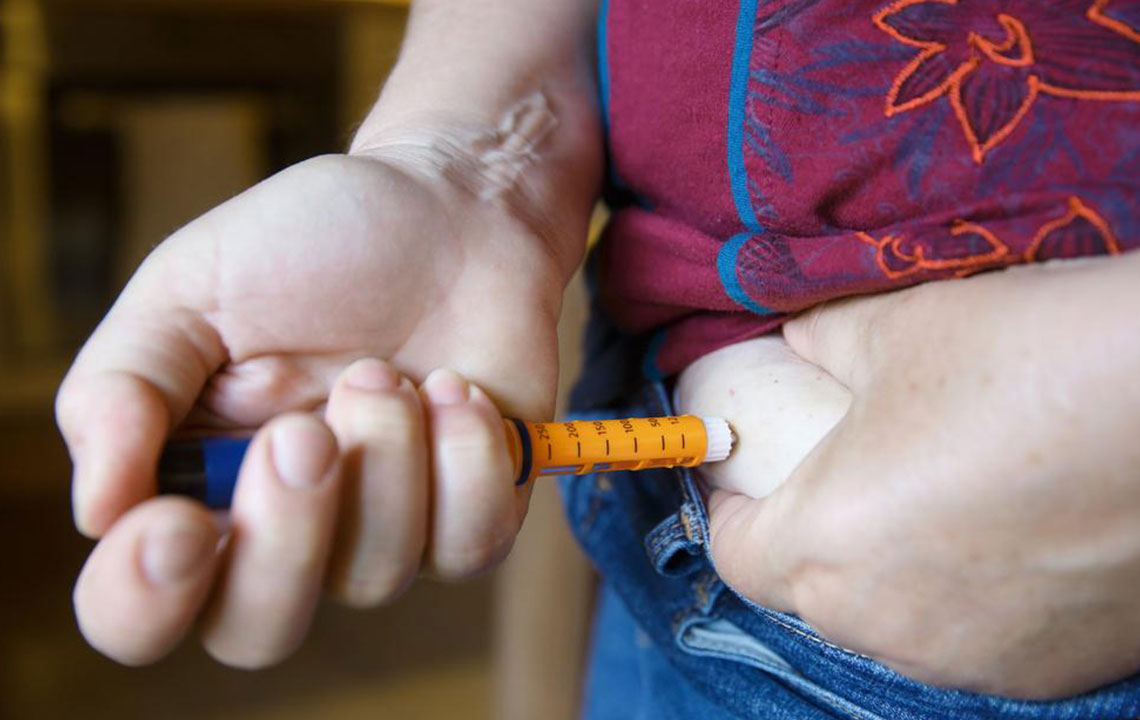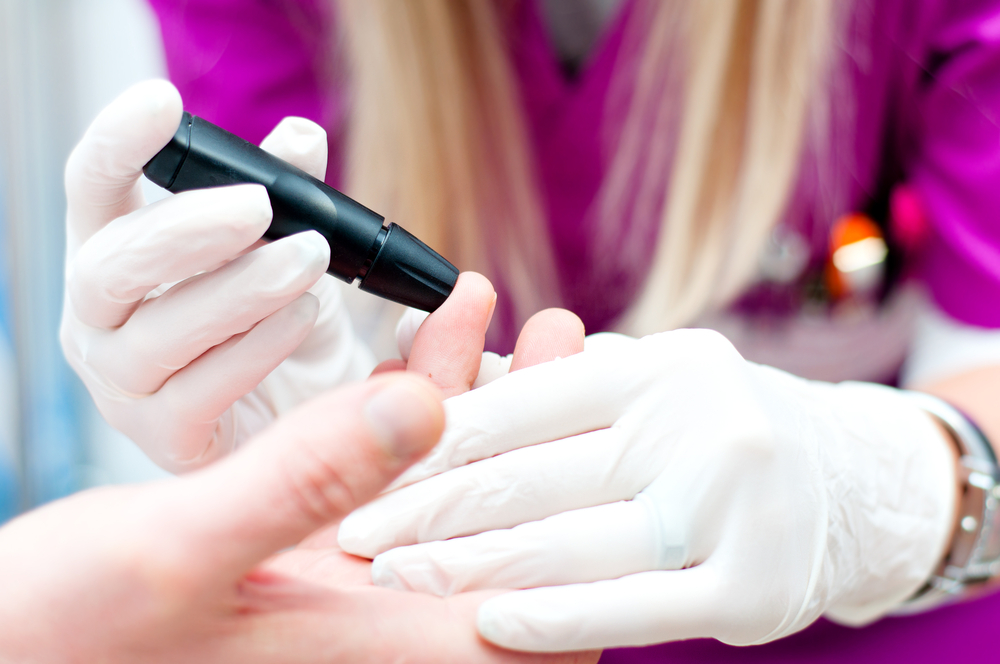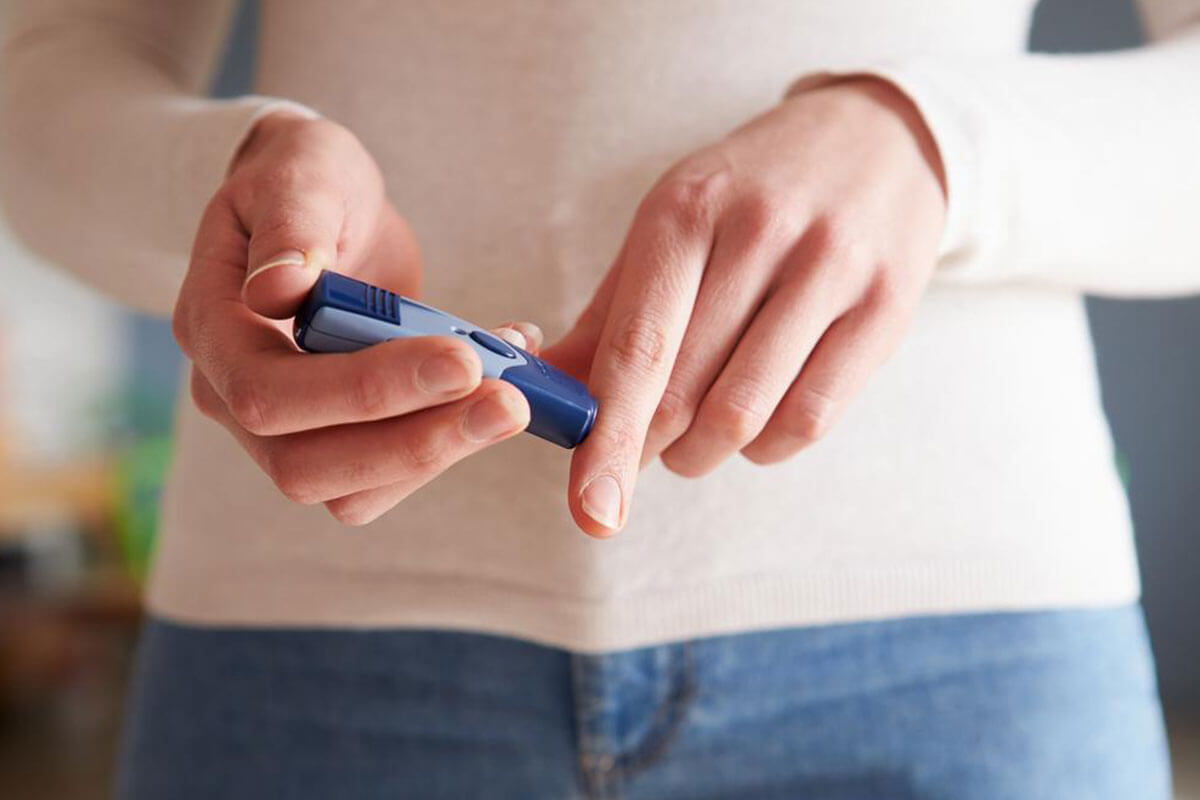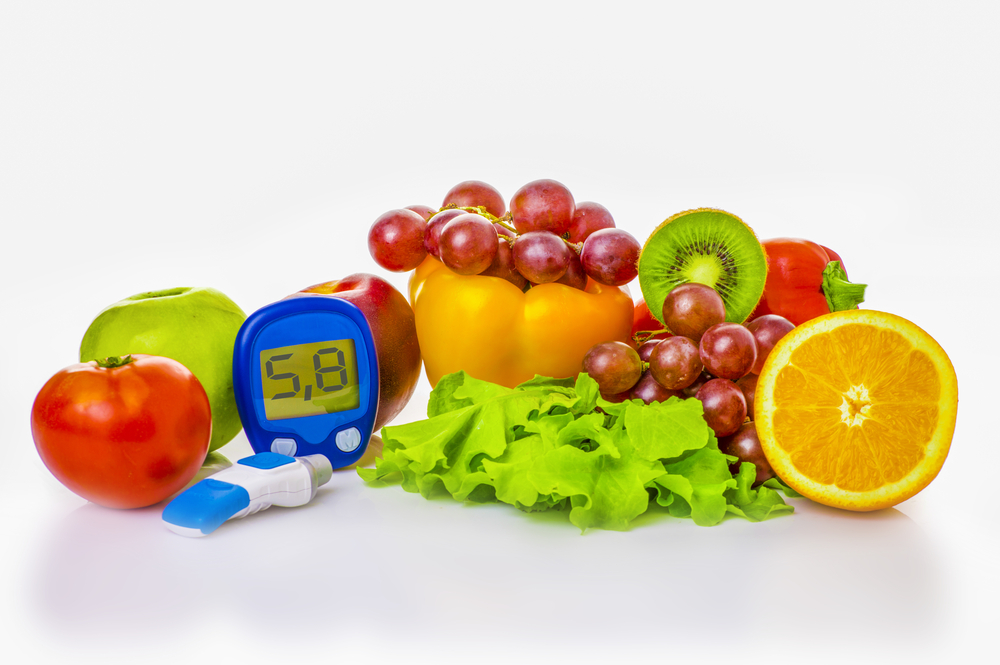Comprehensive Guide to Diabetes Diagnosis
This comprehensive guide explains the criteria and tests used in diagnosing diabetes. It details the risk groups, symptoms, and lab values required for diagnosis. Understanding these points can aid early detection and management of diabetes, contributing to better health outcomes.

Understanding How Diabetes Is Diagnosed
Doctors recommend testing for diabetes based on specific criteria, especially in high-risk groups. These include:
Individuals who are overweight and possess additional risk factors
Overweight adults are those with a BMI above 25 kg/m²
Additional risk factors (see the risk factors section)
People exhibiting symptoms of elevated blood sugar levels (see the symptoms section)
Individuals with multiple risk factors
Pregnant women
Diagnosis confirmation relies on specific lab tests:
A1c levels of 6.5% or higher indicate diabetes
OR
Fasting plasma glucose (FPG) greater than 126 mg/dL
OR
Blood sugar level exceeding 200 mg/dL two hours after a 75g oral glucose load (OGTT)
OR
Presence of classic hyperglycemia symptoms (such as frequent urination, excessive thirst, hunger) or hyperglycemic crisis, with random blood glucose over 200 mg/dL










